28 Apr 5 Most Common Netball Injuries
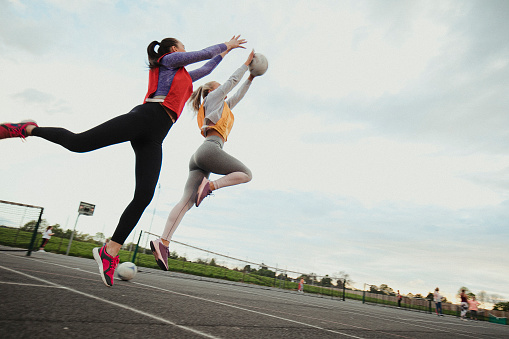
Netball is a physically demanding sport which requires players to be fit, agile and coordinated. In a previous blog we outlined the physical attributes of a good netball player as well as how these skills can be measured and improved (CLICK TO READ). Unfortunately, like many other physically demanding sports, netball injuries are common and occur in all areas of the body. Injuries may occur from overuse, falling, awkward landing, and contact with another player or even the ball.
Here we outline the top 5 most common netball injuries and the reasons why they may occur.
1. Ankle sprains
Due to the fast-paced landing, pivoting and change of direction, ankle sprains remain the most common injury for netball players. The ankle is a dynamic joint which allows netball players to be agile, however, if the structures which provide support to the ankle are insufficient, this may lead to instability and an increased risk of injury. Many factors can contribute to ankle sprains, such as a history of previous ankle sprains, laxity in the ligaments or poor strength in the muscles which stabilize the joint. Ankle injuries can vary is severity from low grade sprains, to moderate and high grade tears and even avulsion fractures.
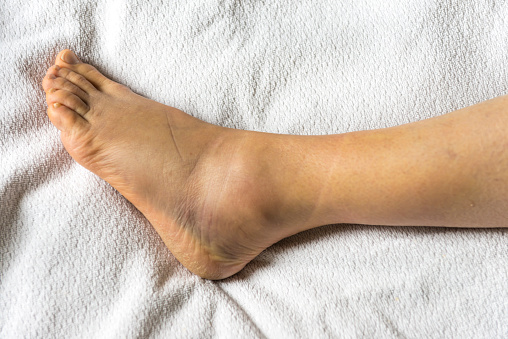
2. Anterior Cruciate Ligament Injury
The jumping, landing and change of direction associated with netball changes the forces through our knee. Anterior Cruciate Ligament (ACL) injury is one such injury which often occurs when there is a twisting force applied to the knee while the foot is planted. Unfortunately an ACL tear or rupture requires a longer period of rehabilitation and often surgery. Knee injuries may occur in players that do not have adequate technique or movement patterns but can also occur in players that have not loaded the joint appropriately or in the right time frame.
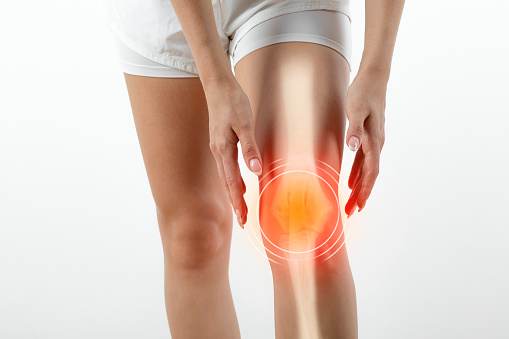
3. Finger dislocations
Finger dislocations or sprains are common in all ball-catching sports. The most common mechanism of injury is when the ball makes contact with a player’s finger at an awkward position, putting force through the finger which can lead to injury of the bone, joint, ligaments or other structures. Following any dislocation X-rays are recommended to check on alignment and assess for bone damage- this will also help guided the best management plan from a hand therapist.
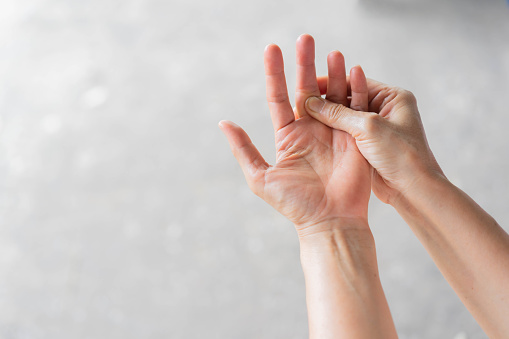
4. Shin Splints
This injury is caused by repetitively overloading the muscles which attach to the shin bone (tibia). If the muscles are not able to meet the demand of the repetitive jumping, landing and agility work, pain in the shin may occur. The hard surface of the netball court may also contribute, as there is less shock absorption as compared to softer surfaces.

5. Achilles Tendinopathy
Overuse and overloading can lead to pain in the Achilles tendon, which is located at the back of the lower leg. If a netball player returns to high intensity or longer duration activity without appropriate graduated exercise, they are at higher risk of developing Achilles Tendinopathy. Other factors which could contribute include the hard surface of the court, inappropriate footwear, or inadequate warm-up and cool-down techniques.
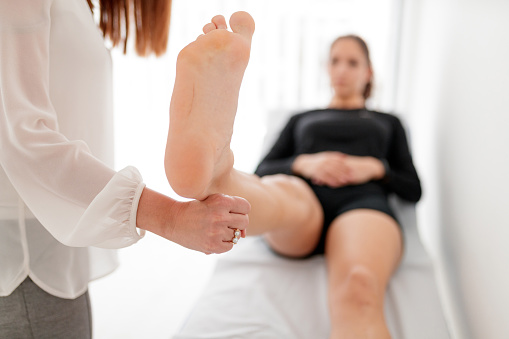
Stay tuned for more information from our Netball physio on how to prevent and manage each of these netball injuries.
Caz Yii
Physiotherapist
Want to learn more? Click below for some more related information
REFERENCES:
- Hopper, D. M., & Elliott, B. C. (2015). Contributing factors to chronic ankle instability. Sports Medicine, 45(2), 175-194. doi: 10.1007/s40279-014-0276-3
- Finch, C. F., & Cook, J. L. (2013). Prevention of knee injuries in female athletes: an overview. Sports Medicine, 43(12), 1087-1099. doi: 10.1007/s40279-013-0079-6


